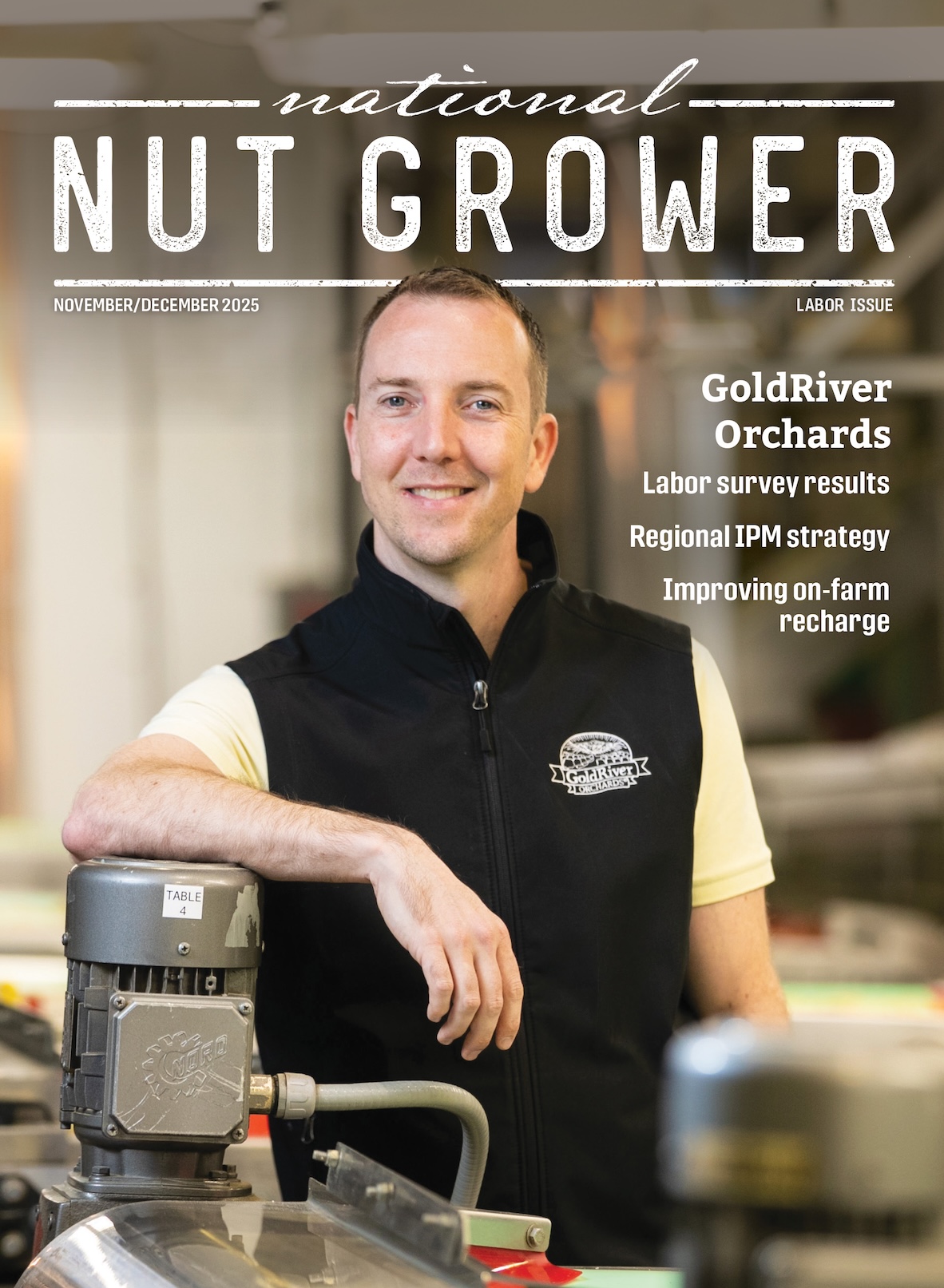
July/August 2025
California rethinks sustainable pest management
California agriculture is bracing for a significant regulatory shift in how pest management tools are assessed and restricted. As part of the state’s Sustainable Pest Management (SPM) roadmap, the Department of Pesticide Regulation (DPR) has introduced a new Pesticide Prioritization Process. This framework is designed to identify pesticides for additional scrutiny, mitigation or potential phase-out.
Framed around long-term environmental and human health goals, the process will eventually affect every grower in California. For producers of permanent specialty crops such as almonds, pistachios and walnuts, the impacts could be especially complex. These systems rely on tight pest control windows, high crop value and a very limited toolbox to effectively produce a profitable crop. Once a tool is removed, it is rarely replaced quickly.
DPR describes the approach as science-based, inclusive and transparent. Still, many in the industry question whether this framework will genuinely support integrated pest management (IPM) or further complicate it in practice.
Inside DPR’s proposal
At a public workshop in April, DPR introduced the draft structure of its pesticide prioritization process. Products may be nominated by the agency, a newly formed scientific advisory committee or members of the public. Once prioritized, a product would undergo review to determine whether mitigation, labeling changes or cancellation is warranted.
The proposal is intended to be a recurring and collaborative process. However, some key elements remain vague or raise concern. For example, public nominations currently do not require field data or replicated trials. Additionally, the process places strong emphasis on toxicological and ecological risk but lacks clarity on how economic impact or operational feasibility will be weighed.
For nut growers, that gap is serious. Pest management in permanent crops involves multi-year planning, integrated strategies and strict timing. Replacing one product is not simply a matter of substitution. It requires careful consideration of how it fits within the broader system of crop protection and seasonal biology.
APG’s commentary
In response to the workshop, a formal comment letter was submitted by American Pistachio Growers (APG) on behalf of pistachio growers, relevant to all. It outlined several key recommendations to help ensure the process reflects real-world agricultural practices. The letter acknowledged the intent behind SPM but stressed the need for caution and collaboration in its implementation. The core recommendations included the following:
- Economic feasibility should be a formal part of the evaluation criteria. Viable alternatives must be effective, affordable and available at commercial scale.
- Advisory committees should include individuals with direct production experience, such as pest control advisers, certified crop advisers and growers.
- Product cancellations should be considered only when proven, registered and accessible alternatives exist. Removing a product without a replacement risks destabilizing entire pest management systems.
- Public nominations must meet a high scientific standard. Proposals should be supported by peer-reviewed research, replicated field trials or other validated data.
- Regulatory shifts must be supported with research funding, education and technical assistance to help growers successfully adopt alternatives.
These concerns are practical and grounded in experience. In crops like pistachios and almonds, there are already few registered materials for some key pests. The industry cannot afford to lose any part of the limited toolbox without a clear path forward.
Real concerns, real opportunities
Sustainable pest management is an important and worthy goal. Many growers are already moving toward it by adopting practices like mating disruption, biological controls, trap-based monitoring and precision application. The concern is not the vision. The concern is whether the path forward respects the realities of production agriculture.
There is some skepticism that the prioritization process could move faster than the development of viable alternatives or become too heavily influenced by perception rather than evidence. But there is also a clear opportunity. DPR has invited public and industry input, and the current development phase is the right time for growers and advisers to engage.
This process should not be shaped by default. It should be shaped by those who live with the outcomes. If economic realities, agronomic nuance and crop-specific challenges are not built into the structure now, they may not be adequately addressed later.
Where it goes from here
DPR is continuing to refine the process, and more opportunities for engagement are expected. Stakeholder involvement from across the nut industry will be essential in guiding the direction of the final framework.
With thoughtful implementation, the SPM approach could help promote the adoption of new tools, improve regulatory transparency and support innovation. However, if the process moves forward without appropriate guardrails, it risks creating instability in systems that are already under pressure from multiple fronts.
The next phase of this process will determine whether SPM becomes a model of forward-thinking regulation or a new set of roadblocks for specialty crop producers. That outcome depends on whether growers, researchers, advisers and regulators work together to make it functional, fair and feasible.
There is still time to help shape that future. What happens next will decide whether pest management in California remains both sustainable and practical for the long term.









